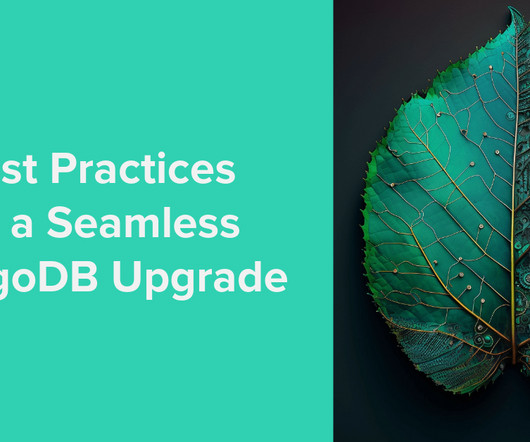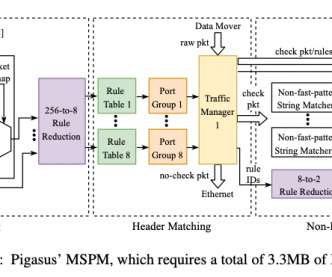What is cloud migration?
Dynatrace
SEPTEMBER 30, 2021
The breadth of fully-featured services, the pay-as-you-go scalability, and the agility of cloud platforms enable organizations to expand their modern approaches to building and managing digital services in a way they can’t with on-premises apps and infrastructure. Increased scalability. Reduced cost.





























Let's personalize your content